|
When Alfred, Lord Tennyson famously described the natural world as "red in tooth and claw" he was obviously not an avid diver. There are places on a Caribbean reef where the rules of predation are suspended, and small fish and other creatures will happily jump into the waiting jaws of larger predators. These are the "cleaning stations", where the reef comes together for the benefit of all.
After hours of hunting and foraging on the reef, many fish will be attacked by small parasites that need to be removed. Harmful bacteria can grow on a fish or a wound might need tending to. There are a number of animals that exist on the reef soley to take care of these problems, and the reef knows where to find them. It's been estimated that at least half of the fish on a reef will visit a cleaning station at least once a day and some larger species, like the Tiger Grouper above, have been recorded spending up to eight hours a day getting fussed over by thier favorite cleaners. Cleaner Fishes:
Other species that start out life as cleaners are the Spanish Hogfish and the common Bluehead Wrasse:
The most common full-time cleaners are gobies like the Caribbean Neon Goby pictured below. Their bright stripes serve as advertising that the cleaning station is open for business, and groups of a dozen or more can live on the same cleaning station waiting for customers. They feed mostly on the small ectoparasites that attach themselves onto larger fish, though they will also feed on the thin mucus layer that covers their guests. They have no problem jumping into the mouths of predatory fish to clean inside, safe in the knowledge that the fish won't simply close thier jaws to eat them. It's a win-win situation.
Cleaner Shrimps:
Different cleaner species have evolved to do different jobs at a cleaning station, especially apparent in the different shrimps whose claws are modified for different tasks. They all have very long white antennae that they wave frantically to indicate they are open for business. In return, the fish guests will orientate their bodies towards the shrimps, showing them where the problem areas are that need cleaning.
The Pedersen Cleaner Shrimp is one of the most common and is found living on Corkscrew Anemones, often in small groups of individuals that can offer a very precise cleaning job. Thier tiny claws are perfect for removing smaller parasites or bits of debris and they concentrate on gills and other delicate areas. The French Angelfish above repeatedly placed it's eye next to this shrimp, until it understood that there was something lodged under there and the shrimp went to work removing it.
For tougher jobs, the tiny claws of the Pederson Cleaner Shrimp just won't do. Fish need to find the larger and stronger claws of the Banded Coral Shrimp. These can usually be found in pairs, making themselves available under ledges and overhangs or at the mouths of tube and barrel sponges, with their long white antennae extended to show that they are ready to clean. If a fish is wounded in an attack, the wound must be cleaned before it gets infected, and these shrimps can pull away loose skin or scales. The claws are strong enough to do tougher dental work as well.
By spending time near cleaning stations we can often get closer to fish than we would otherwise be allowed to. The reef seems more at ease here, with the general understanding that while being cleaned, nothing is going to come along and harm you. By settling down near a cleaning station and just watching what happens, fish soon accept the annoying bubbles, relax and even seem to enjoy thier cleaning. We can notice other fish circling the area and waiting for thier turn to come in. If you wait long enough the little cleaners will even try to give you a clean. You know it's time to scrub your BCD when you look down and it's covered with gobies!
Enjoy. Mickey Charteris
1 Comment
|
AuthorMickey Charteris is an author/photographer living on Roatan. His book Caribbean Reef Life first came out in 2012 and is currrently into it's sixth printing as an expanded fourth edition. Archives
August 2019
Categories
All
|
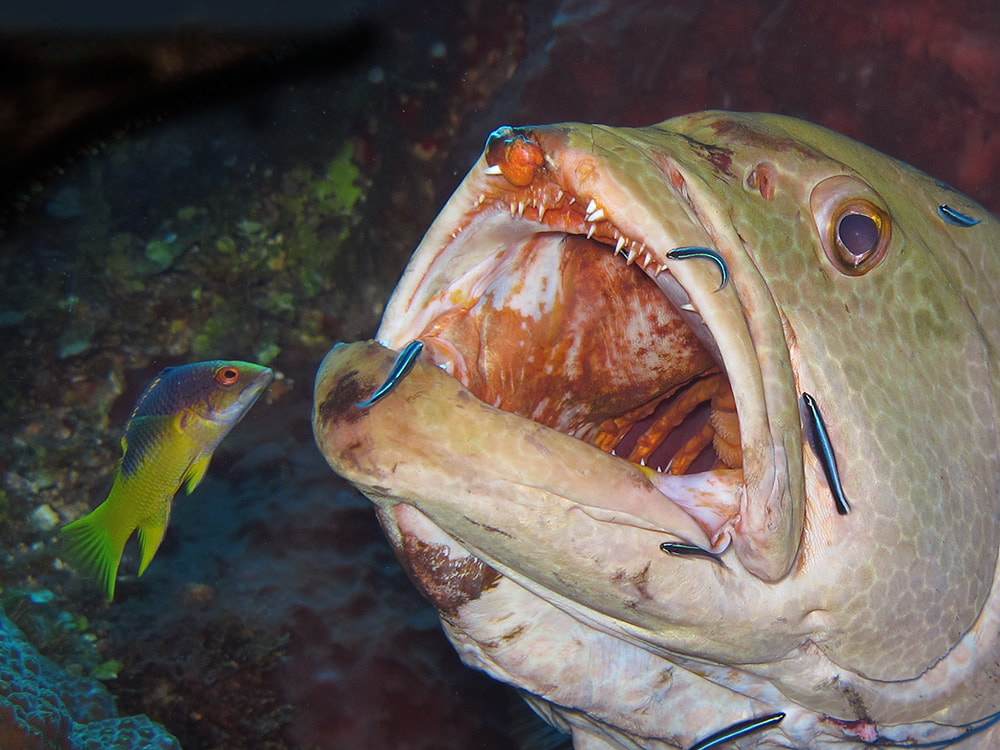
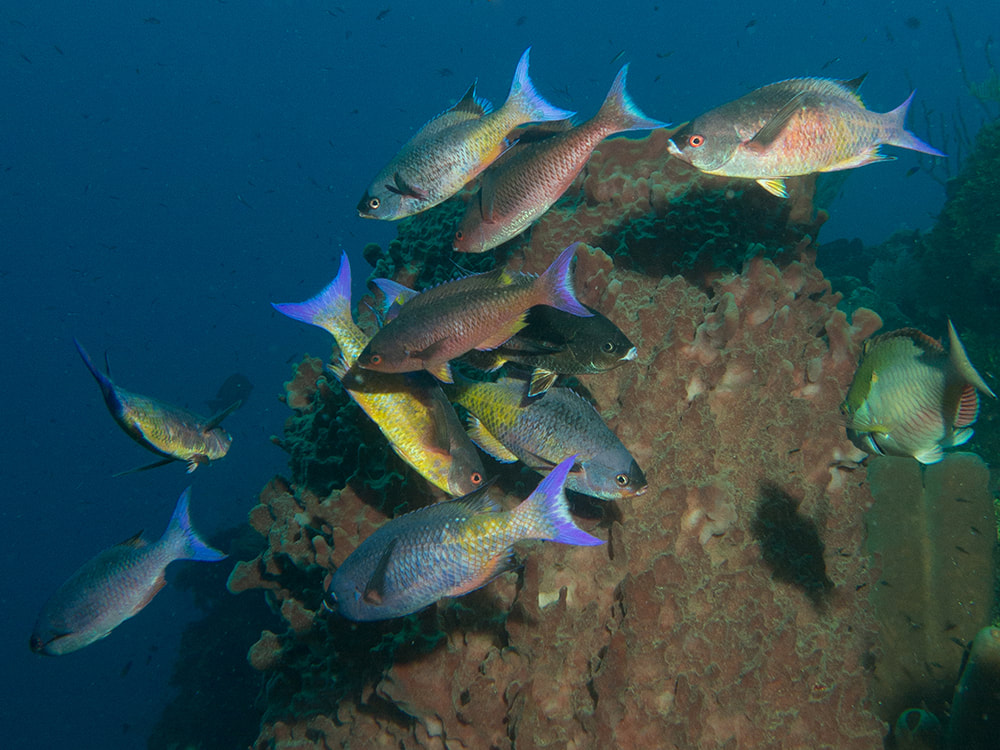
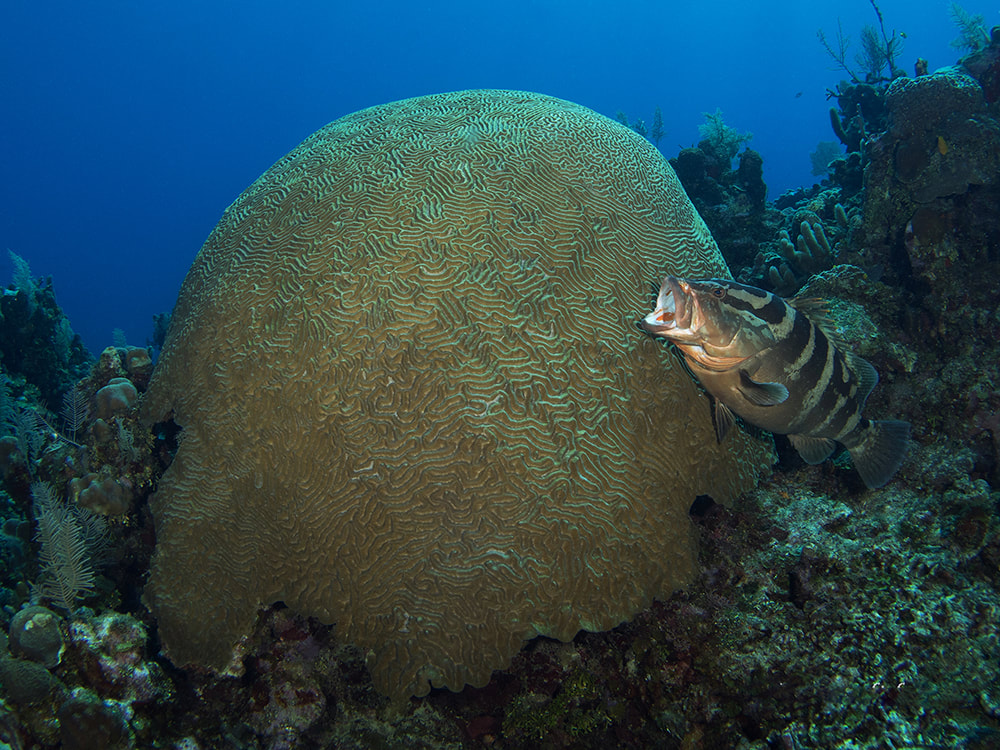
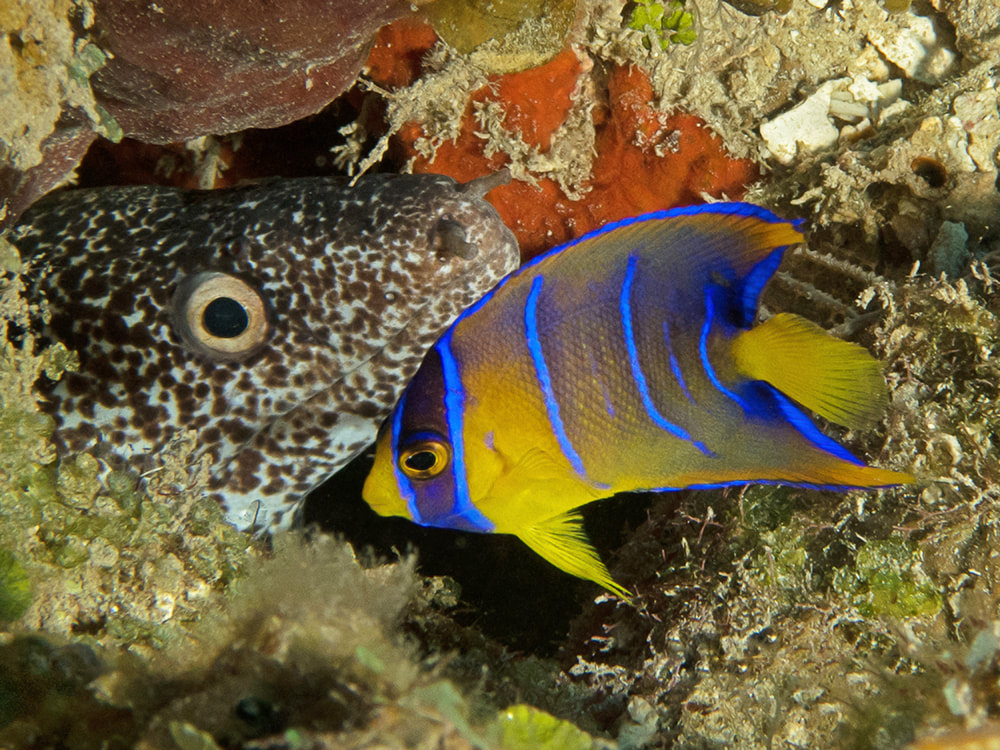
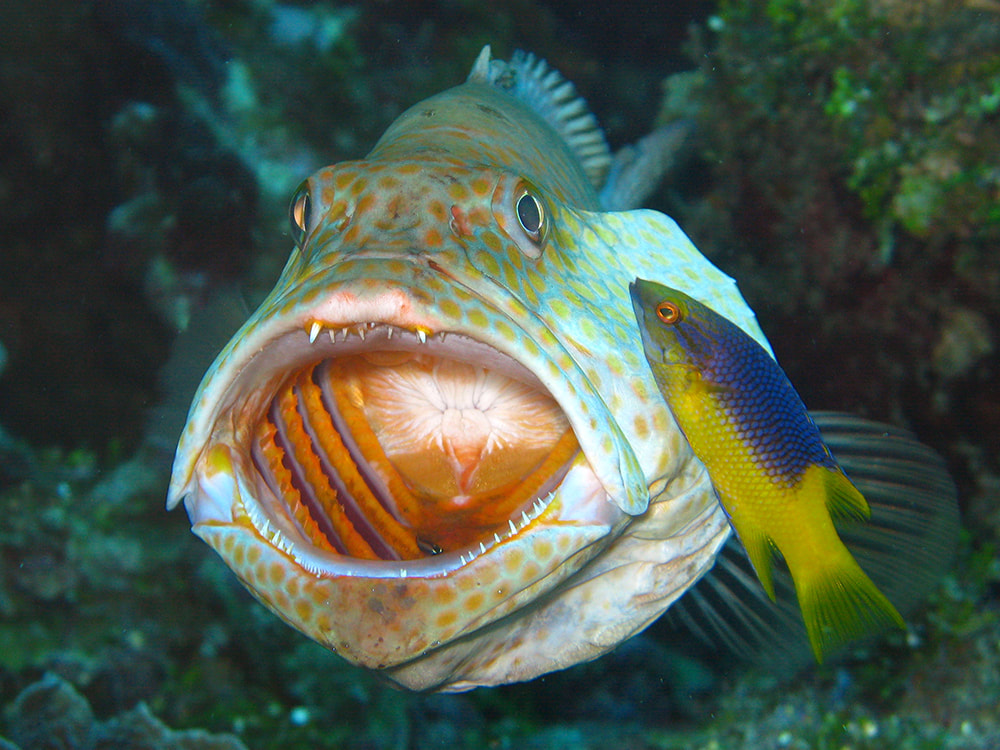
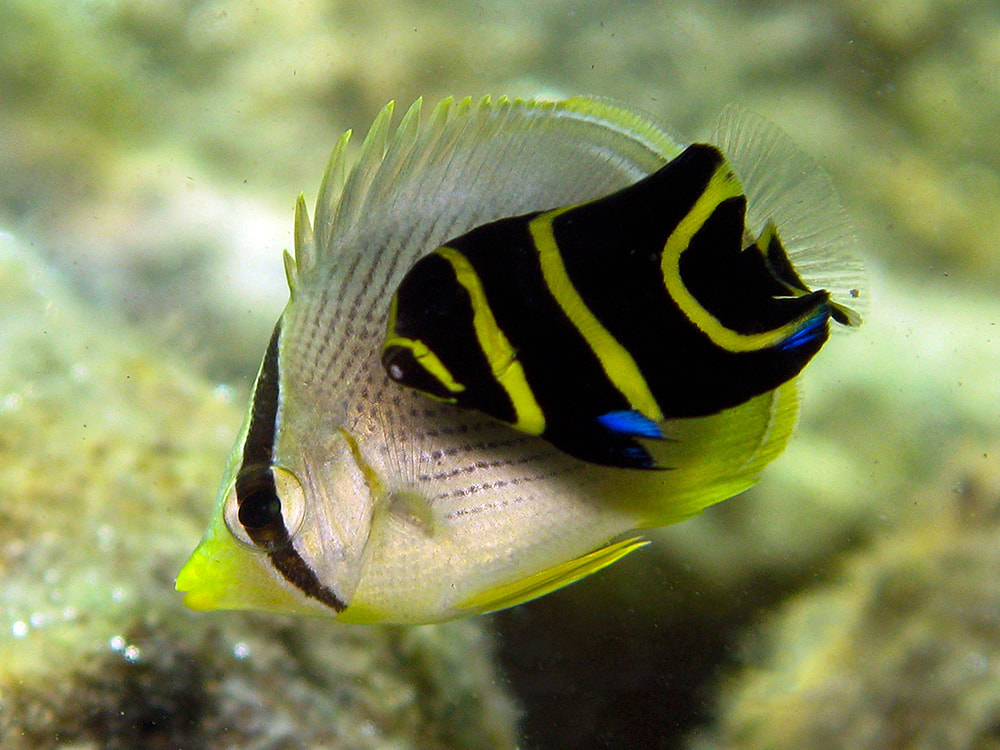
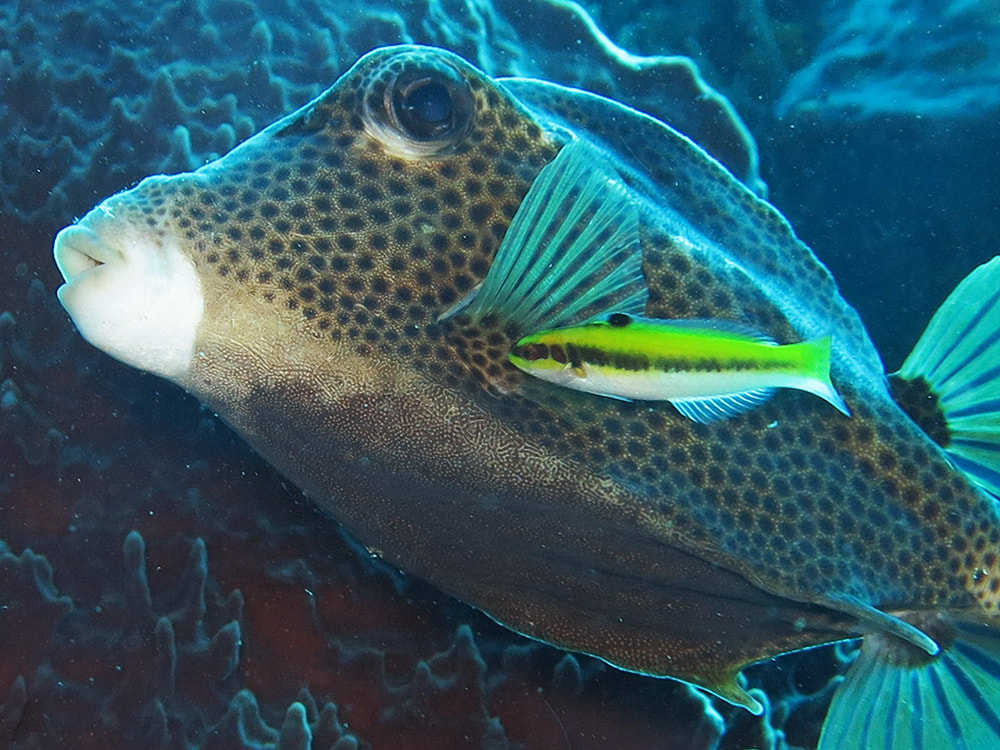
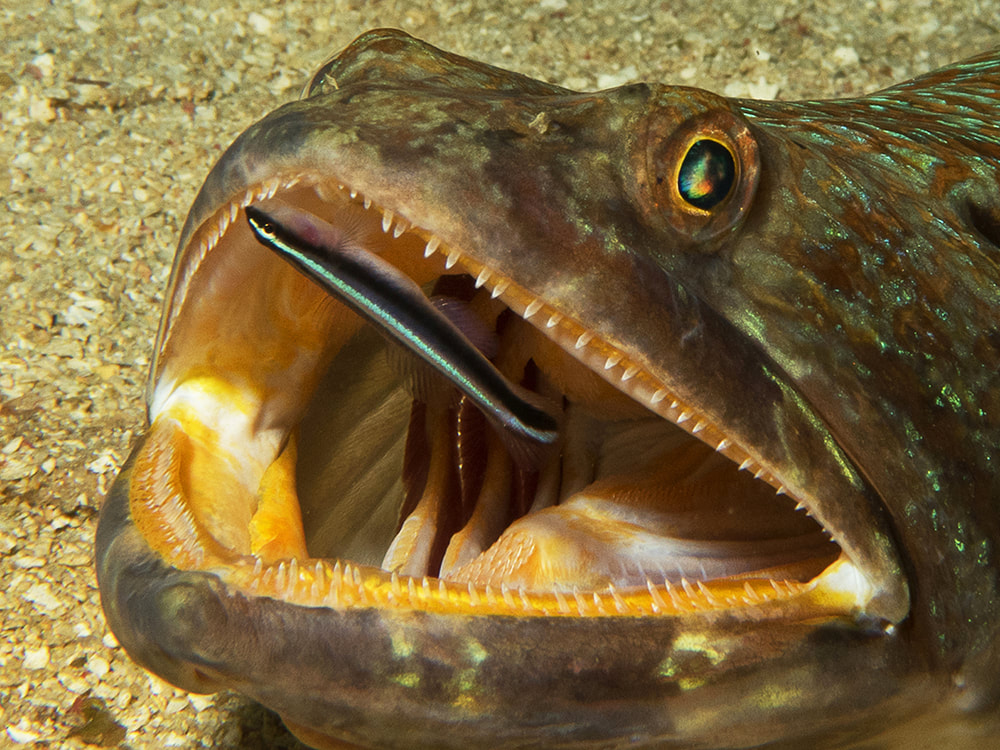
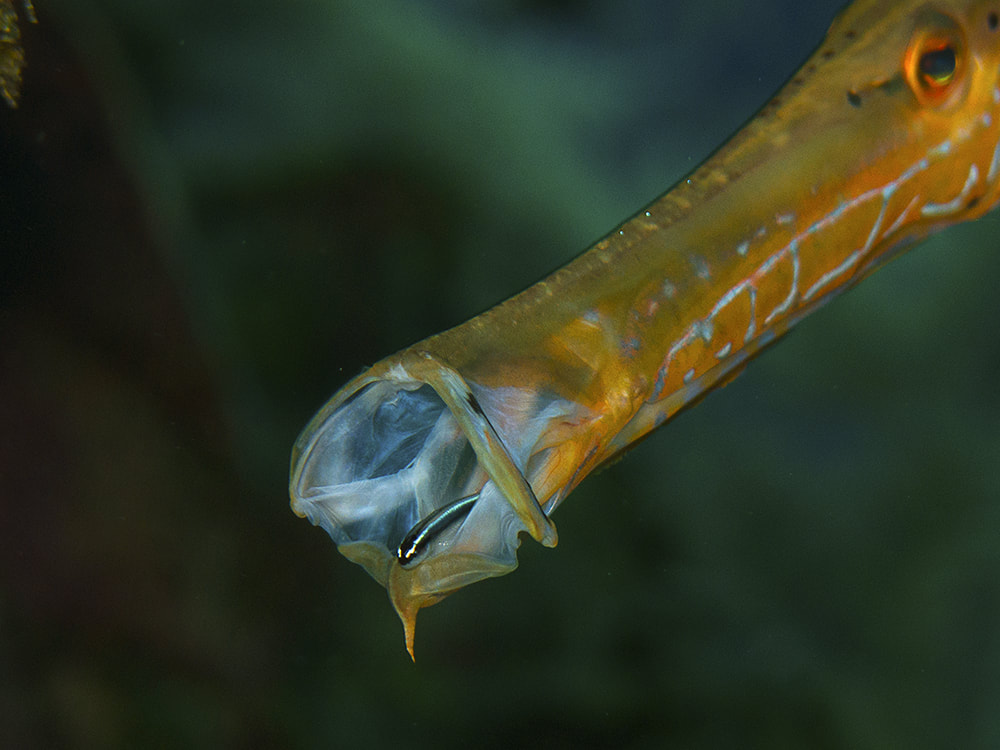
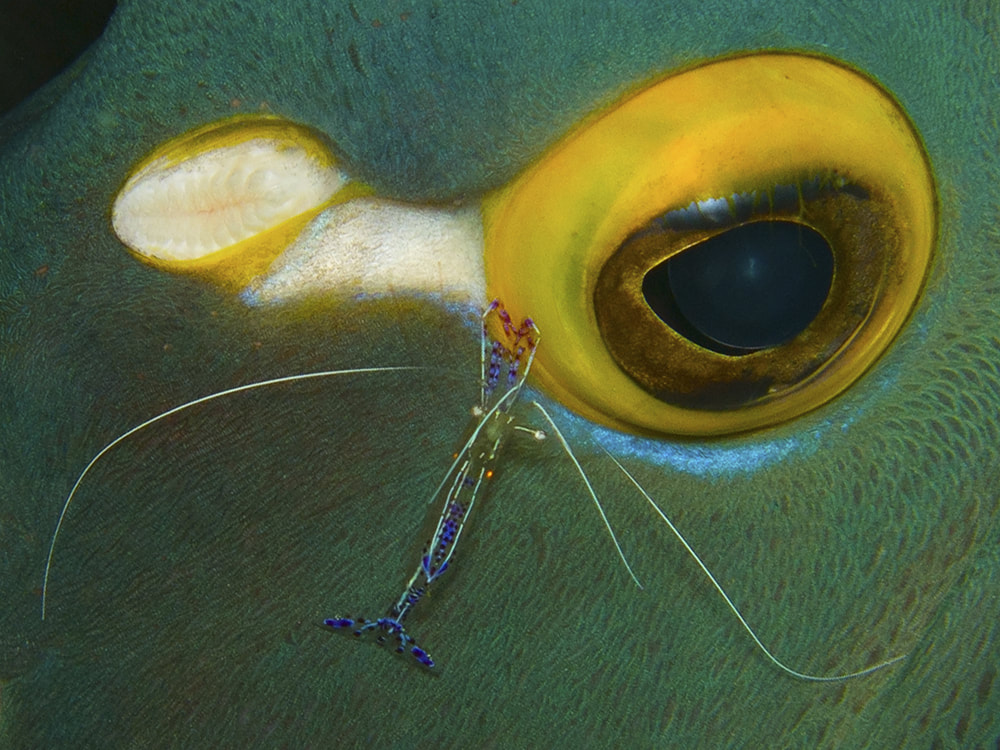
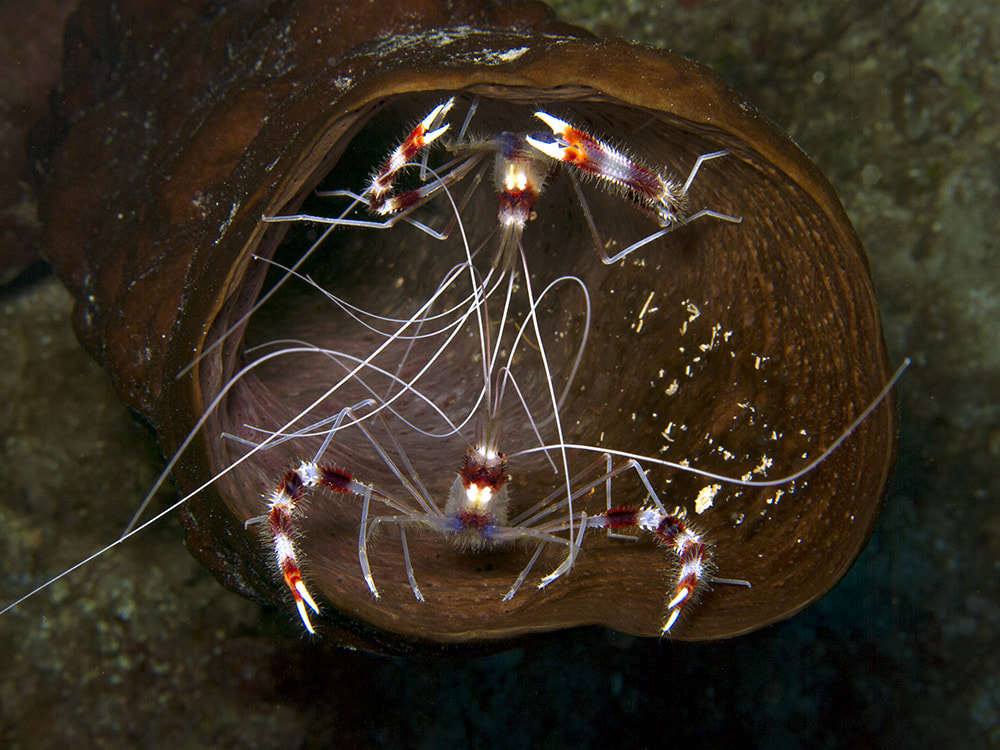
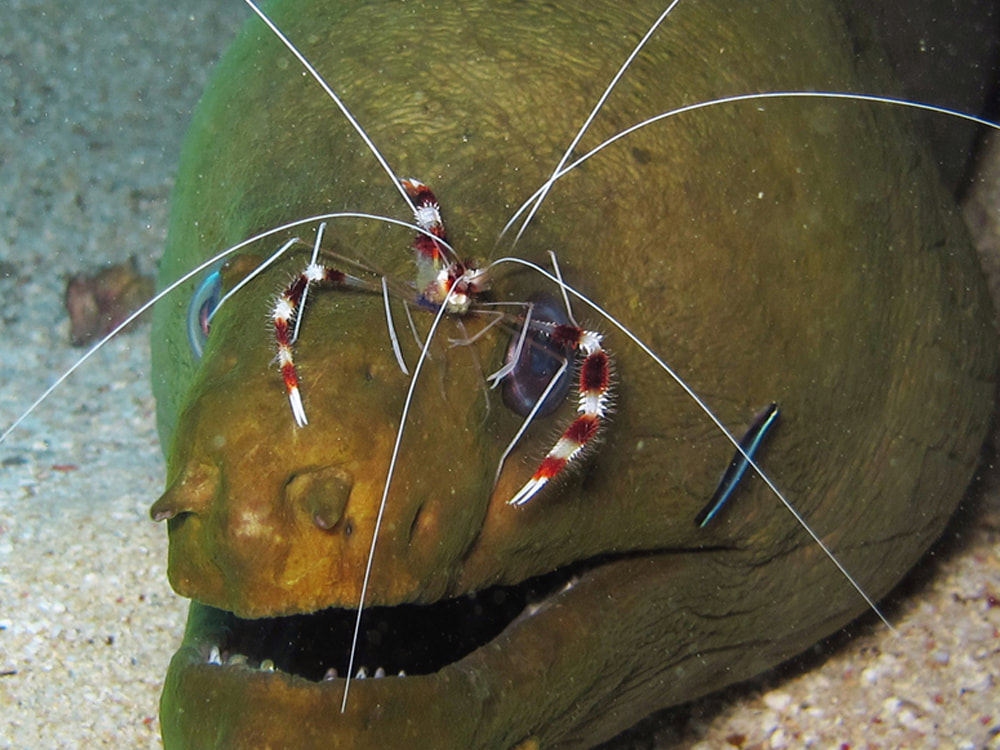
 RSS Feed
RSS Feed